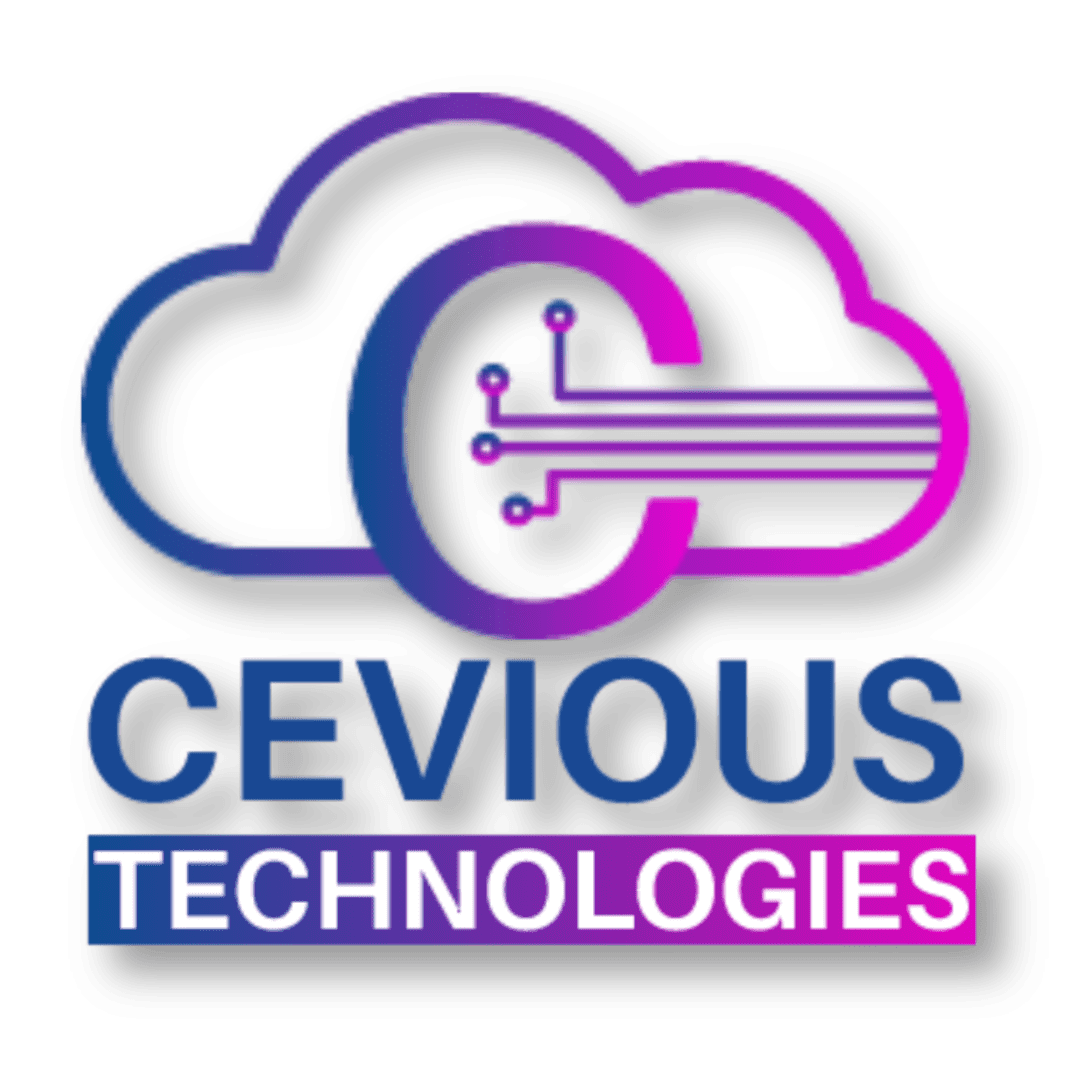Mobile application development entails creating, coding, testing and management of applications to be deployed on mobile devices like smartphones or tablets. Applications can be native applications, web applications or a combination, and are developed using programming languages or programming frameworks for platforms such as Android or iOS.
There are four major development approaches when building mobile applications
Each of these approaches for developing mobile applications has its own set of advantages and disadvantages. When choosing the right development approach for their projects, developers consider the desired user experience, the computing resources and native features required by the app, the development budget, time targets, and resources available to maintain the app.
There are two dominant platforms in the modern smartphone market: And two mobile operating systems by Apple and Google, respectively called iOS and Android. iOS is the OS used in Apple’s popular line of iPhone devices, whereas Android is the OS used on Google’s devices as well as a range of other companies that design and build their own smartphones and smart devices.
However, building applications for iOS and Android does differ in the software development kits and tool chains used. Apple adopted the policy of using only iOS for its devices while Google licensing Android to other companies on condition they install certain Google apps on the devices. If a software is developed for both android and IOS, it will allow developers to have access to about half a billion users globally.
The mobile front-end as defined is the graphical and most user-responsive part of a given application. It is generally stored on the device but its icon remains on the home screen or in the catalogue of applications. Applications can be obtained from a store by downloading it over the air or from an app store, installed directly on the device, or through a browser as in the PWAs.
Whether it is a front-end platform or the development approach that is chosen, to have successful and engaging mobile applications that will keep the users coming back for more, reliable back-end services are a must.
Since the back-end services are paramount in mobile applications, developers are required to make the following architectural choices. These are for example, deciding the services that need to be developed internally and the ones that can be procured from external vendors, whether to operate the services or acquire them from service providers.
The answer is increasingly clear: It is argued that while promoting the overall utilization, developers should only build own services when these are very specific to the app context or pertain to patented ideas. For such bespoke services, it is again usually and often preferable to apply cloud-based ecosystems to implement and address the back end.
Mobile application developers can take advantage of hundreds of cloud and 3rd party services in order to accelerate the development and deployment of these applications. However, it is improbable that a developer is going to become an expert in all these individual services.
However, the mobile developers should seek for a development environment that would allow them to easily combine, employ and use the most often needed capabilities in their application, and if possible, do this seamlessly, without obscuring the ability of enjoying the numerous individual services offered.
Essential
Machine Learning
Data Services

4.9 google Reviews
Lorem ipsum dolor sit amet, consectetur adipiscing elit. Ut elit tellus, luctus nec ullamcorper mattis, pulvinar dapibus leo.